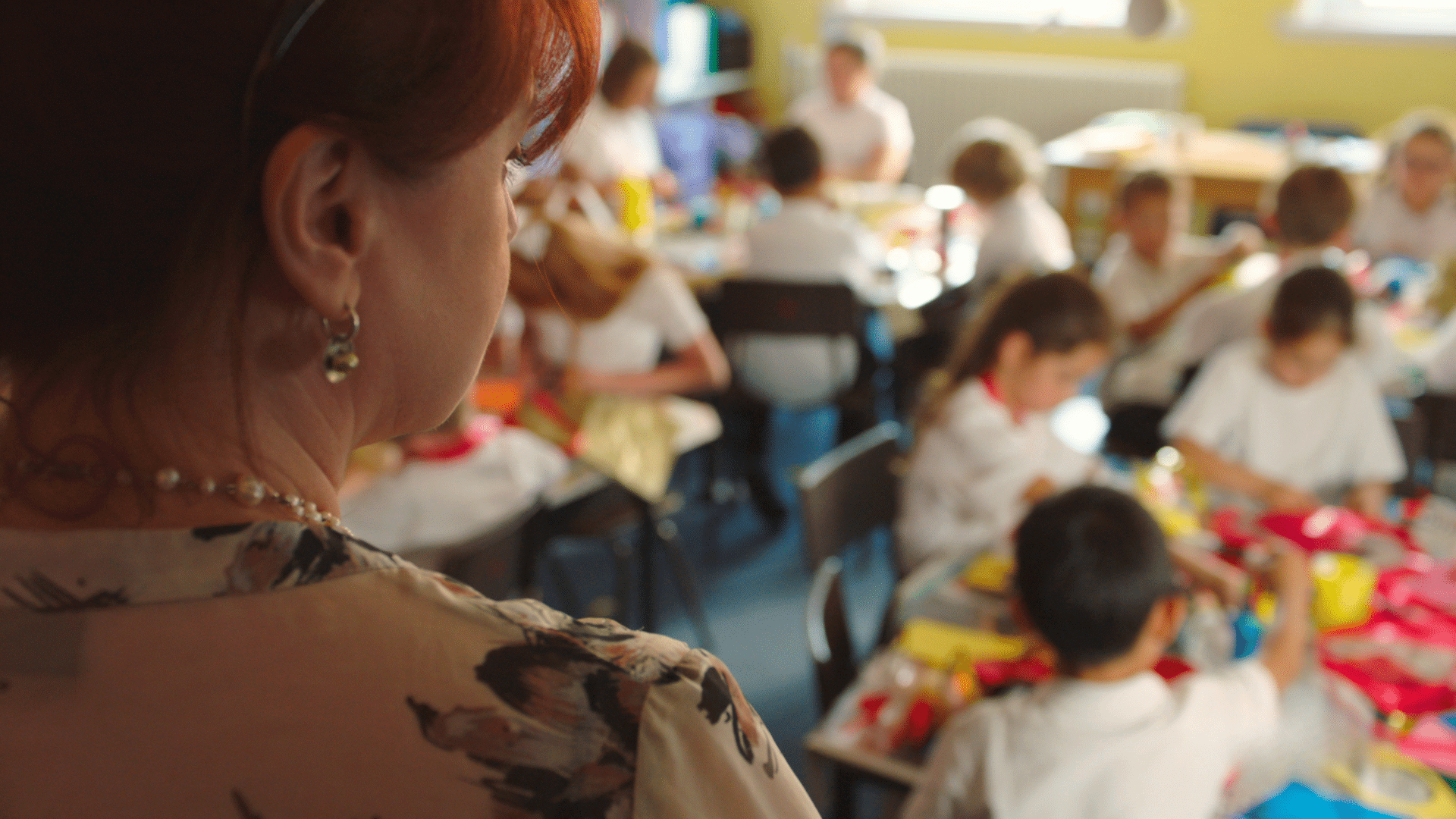
By creating safe spaces where children, teachers and parents can listen to each other, we can show young people that learning isn’t just about the curriculum and the classroom.
Different learning styles
We all learn in different ways, however traditional educational settings are often designed with particular learning styles in mind. A structured environment can work for some children, but when the rules become too rigid or arbitrary they can create barriers which lock other children out.
Young people who are overwhelmed by sensory information, can’t stay still for long, or have difficulties with social cues, might find it difficult to learn in a classroom. If a child feels excluded or left behind, then they may be more likely to get frustrated, be less trusting, and become withdrawn or confrontational. They might also find it difficult to ask for help if they are embarrassed, or can’t find the words to share how they feel.
If something isn’t working, it’s always possible to try a different approach. It’s important to create an environment where children feel it is safe to make mistakes, and to get things wrong without fear of harmful repercussions. School should be a safe space for children to explore how they learn best, and ultimately to build confidence in their abilities to teach themselves.
Learning with a neurodivergent condition: ADHD and Autism
Children who identify as neurodivergent are likely to experience additional barriers. About 5% of children globally have ADHD (Attention deficit hyperactivity disorder), which can make it difficult to follow instructions or complete tasks. Children with ADHD may also get bored, daydream, or find it difficult to sit still which can make traditional educational environments particularly challenging. For more symptoms of ADHD in children and how teachers can help, you can read our ADHD Fact Sheet.
Autistic children frequently have symptoms of ADHD, and are more likely to experience mental health conditions such as depression. They may also find it more difficult to make friends, be overwhelmed by sensory information, or have behaviours and obsessions which attract unwanted attention or stigma from other children. You can read more about autistic children by watching our films.
There are many neurodivergent conditions which can potentially create barriers to learning. Whether or not a child has a formal diagnosis however, there are always practical adjustments that could make their life easier. This might include being seated differently, taking frequent breaks, adjusting their uniform, or wearing headphones in class. At times it might need some creative problem solving to accommodate multiple children’s competing needs, especially when resources are inadequate.
For some children, coping in a classroom environment can take so much energy that they don’t have the capacity to learn something new. In this case they might prefer to focus on self-study at home, or may benefit from not having homework at all so they can recharge from the additional demands of learning at school.
Learning with a mental health condition: anxiety, depression and OCD
Mental health conditions can have a big impact on our ability to process new information, both mentally and physically. Persistent anxiety can disrupt learning and development, and studies have also shown that childhood depression reduces the capacity for learning. If a child is distressed, the pressure to achieve academically can be unhelpful, and they might struggle to stay motivated if they feel overwhelmed.
Being hypervigilant and worrying continuously about different things can make it almost impossible to concentrate, and anxious children might become preoccupied with perceived physical or social threats. This might include being able to leave a situation quickly, or wanting to stay at the back of the room where they can’t be seen by other children. For more information on childhood anxiety, you can read our fact sheet.
OCD (Obsessive compulsive disorder) is associated with intrusive thoughts, and a child might be distracted by obsessions such as contamination, timed toilet breaks, or other repetitive or ritualistic thoughts and behaviours. Some activities might also be triggering for children, such as physical education if a child isn’t comfortable with their body, or communal eating if they have difficulties around food.
Mental health difficulties can have a big impact on both a child’s interest and ability to learn new information, and children should always be met with patience and understanding. The most important skills for young people to learn are tools for managing their wellbeing, and by creating safe spaces to talk about mental health, we can support young people to accept themselves and to feel safe asking for help when they need it.
Other reasons why children might not be engaged in the classroom
No two childhoods are the same, and not every young person has the time, energy or resources available to prioritise their learning. A child will likely have difficulty focusing if their other needs aren’t being met, for example if they come to school tired or hungry, but this may only be a small part of what they are facing. Stress, trauma, bullying, parental divorce, abuse, or illness are just some of the experiences which could cause children to disengage from school, and which might not always be visible to those around them.
Children from less privileged backgrounds, or who go to school in deprived areas, may have less access to learning resources or extra-curricular activities. Some young people may also have extra responsibilities at home, such as caring for a younger sibling or an ill parent. If a child doesn’t understand the relevance of what they are learning, they might not feel that it’s worth their energy if they are already coping with big challenges outside of school.
Breaking down barriers to learning
If a child is having difficulty engaging with learning there is a risk that these barriers can become entrenched disadvantages later in life. By improving awareness of mental health and neurodivergent conditions, both inside and outside the classroom, we can give children the best chance of receiving early intervention support and stop them from internalising self-limiting beliefs.
Wherever possible, young people should be involved in decisions made about their learning to ensure they have agency, and that they feel heard and respected. Sometimes this might mean removing an obstacle altogether, like letting a child leave school five minutes early to avoid crowds, and sometimes this might mean supporting a child to gently expand their comfort zone by trying something new.
By far, the biggest barrier to learning can be a lack of empathy; without understanding, there’s no space to ask for support. Meaningful connections with others start with a compassionate relationship with ourselves. By creating safe spaces where children, teachers and parents can listen to each other, we can show young people that learning isn’t just about the curriculum and the classroom.
Practical steps you can take
Our film ‘Let’s Connect’ was created in partnership with Chickenshed, an inclusive theatre company. In the film children discuss the barriers to learning they have experienced in traditional educational environments, and how this makes them feel about themselves.
The film is intended to be used alongside our Barriers to Learning Factsheet, and is a great way to get children to start thinking about how they learn, so they know how to ask for what they need in the future.
Sign up for our term-time emails to receive educational films, factsheets and blogs to support young people’s mental health and neurodiversity. If you are concerned about a child, please see our Where to Get Help page.





